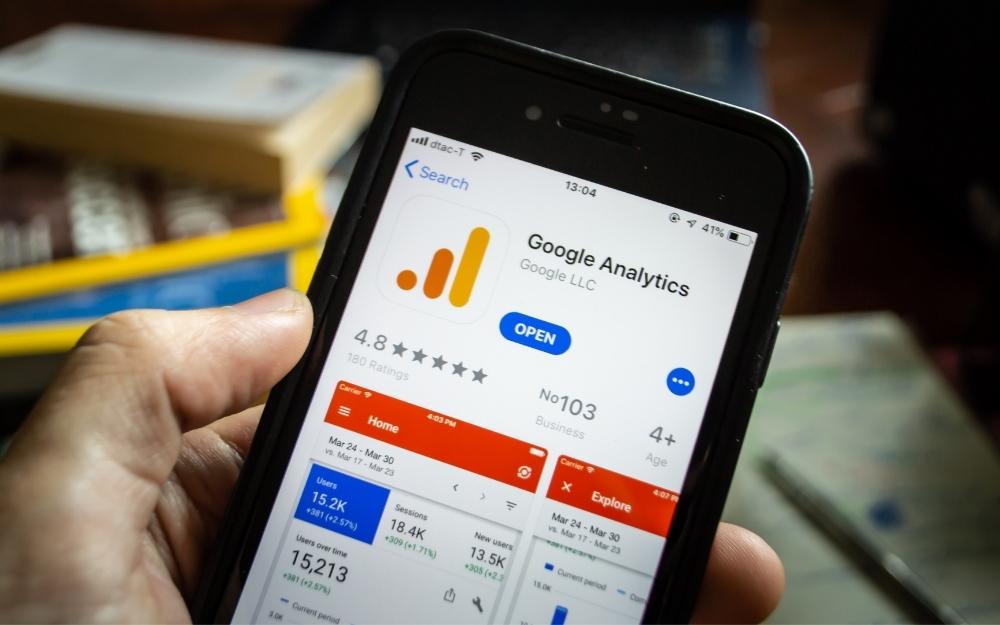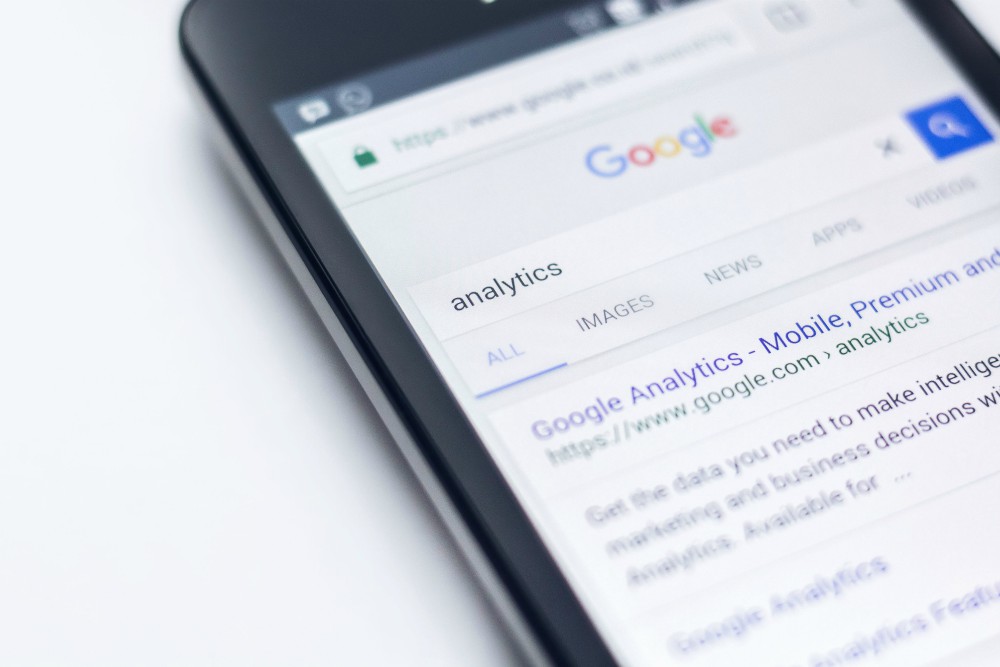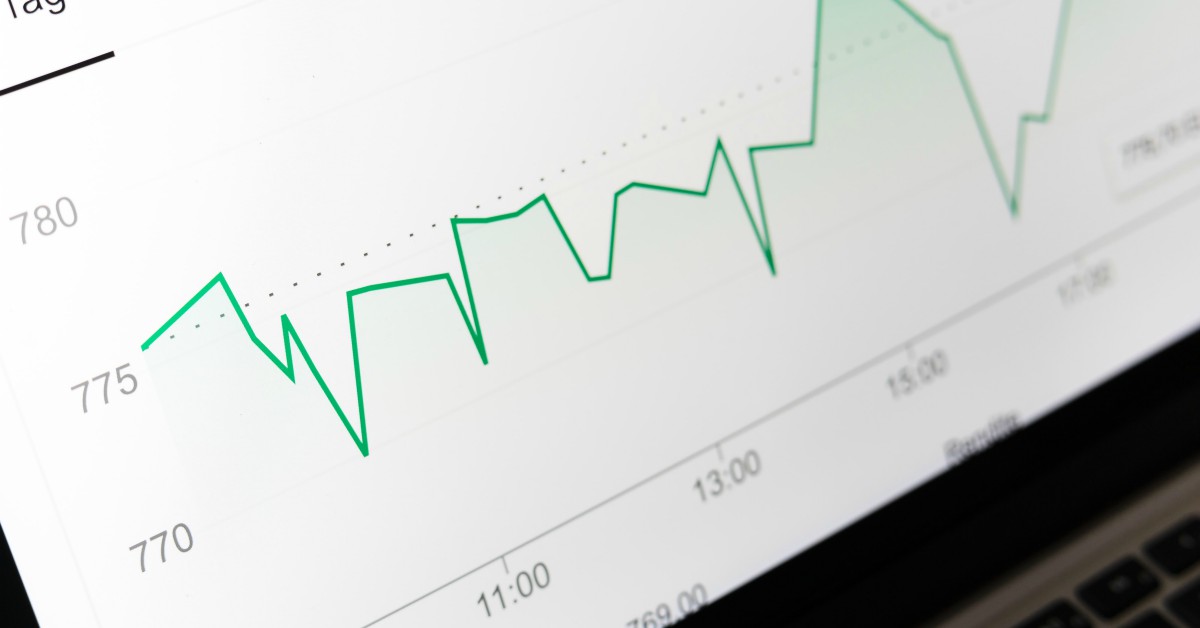In today’s digital age, understanding user behavior and gathering actionable insights are vital for the success of any online business. Google Analytics has long been the go-to tool for tracking website performance and user interactions. With Google Analytics 4 (GA4), Google has brought forth a game-changing update that promises to revolutionize how businesses analyze and utilize their data. In this blog post, we’ll explore the key features and benefits of Google Analytics 4, shedding light on why it’s a must-have for data-driven decision-making.
What are the main things to know about this update and how will it affect your website? Here are the main points:
- Google Analytics 4 will replace Universal Analytics.
- Starting July 1, 2023, Universal Analytics will no longer be able to process data. This means that you will no longer get any through Universal Analytics. However, new data will be available in GA4.
Is it important to take action and switch to GA4 right now? The answer is YES. After its launch in 2020, there is still a choice to continue using Universal Analytics. However, since it will no longer be available in 2023, it is very important to take action in switching to GA4 as soon as possible.
How to Switch to Google Analytics 4?
To switch to GA 4, you can follow these basic steps:
1. Add a Google Analytics 4 property to your website.
2. Go to GA4 Assistant and create a GA4 property that collects data alongside Universal Analytics Property.
3. For websites that use builder platforms, you need to paste the global site tag (gtag.js) snippet manually into your sites’ builder CMS’s custom HTML.
4. Complete the property configuration.
These are just an overview of how you can switch to GA4. We only included the basic steps because this process is complicated and will require expertise in navigating Google Analytics and the backend of your website. If you need help with this, you can contact us and we’ll gladly set it up for you!

How to Set Up Google Analytics 4 in Shopify
Setting up GA4 in Shopify is a bit different. This is because the process depends on whether you’re using Shopify or Shopify Plus.
For online stores that utilise Shopify Plus, you can set up GA4 on all the pages by simply installing the tracking code or Google Tag Manager on all of your pages including checkout.
However, if you are using standard Shopify, you can install GA4 on all the pages but it does not allow you to set it up on the checkout pages. Having GA4 on your checkout pages is important to get valuable data on buyer preferences. So what can you do if you only have standard Shopify? Can you still install GA4? The answer is yes, here is a workaround that you can follow:
1. Add the tracking code/Googl Tag Manager to your theme. This can be done by going to Themes and editing the theme.liquid file and then pasting the code between the head tags.
2. Add the code to your order confirmation page. Go to Settings and then Checkout. Under Order Processing, add the modified modified tracking code to the ‘Additional Scripts’ section.
3. Prevent Shopify Checkout Pages from showing as referrals. This is to ensure that your sales are attributed to the correct marketing channels. Open your data stream in Google Analytics then go to More Tagging Settings. You will then select List Unwanted Referrals and enter myshopify.com.
Here is a detailed step by step process on how you can install GA4 to Standard Shopify pages. If you need assistance in setting this up, give us a call and we’ll gladly set this up for you!
What are the Changes in GA 4?
As stated in the Google blog, Google Analytics 4 seeks to keep pace with the major shifts in consumer behaviour and privacy-driven changes to longtime industry standards and current approaches to analytics.
Here are the biggest changes implemented in Google Analytics 4 (GA4).

AI-Powered Insights and Predictions
The new Analytics can now automatically alert you to the significant changes and trends in your data. This means that it can notify marketers of data that reflect a surging demand for the services and products that they are selling.
Google’s advanced machine learning models can also be used to predict outcomes including churn rates and the possible ROI a business could earn from a specific demographic. When this data is known, marketers will be able to figure out the high-value customers and target their marketing efforts to them.
Improved Customer Experience Through Deeper Google Ads Integration
This feature lets GA4 track audiences across different platforms and devices. This helps in tracking audience actions on your website. When a user completes an action on the website that removes them from the list, GA4 will automatically update the list so that they will not be retargeted by the same ads.
It can also report on actions taken in Youtube engaged views whether in-app or on the web.
Event-Driven Data instead of Session-Based
Third-party cookies are getting phased out. This has a huge effect on analytics. As there are less data collected, Google adapts by applying advanced machine learning to get the information it needs.
The solution for this is to shift from session-based to event-driven interactions.
Sessions are all the user interactions with your website within a time frame. A single session can contain multiple actions to your website. Because a session usually involves a lot of actions, it doesn’t capture all of the micro-interactions and it fails to gather data about what your users are doing on your website.
On the other hand, events are all the interactions a user does on your website. It can be a click to a link, page scroll, form submissions, etc. Event-Driven data focuses more on the users and records how they are interacting with your website or app.
This means that instead of reporting about a certain session, GA4 will focus more on the specific events that users engaged in.
Improved data deletion capabilities
Because of the data regulations such as GDPR and CCPA, the data collected are lesser than what is previously allowed.
GA4’s improved data deletion will only remove the necessary data without deleting more than necessary while still complying with the deletion requests from users.
It also includes a feature that will let businesses preview data before deleting them.

How will Businesses Adapt to Google Analytics 4?
The transition from Universal Analytics to Google Analytics 4 can’t be done instantly. Businesses need to prepare to take some steps to adapt to this new tool.
Before GA4 becomes the standard, it is recommended to track your data in Universal Analytics and GA4 for a while. You can set up parallel tracking with the use of Google Tag Manager. This is a smart way to track data in both versions, explore and experiment without affecting your workflow.
As the world moves to a more digital approach in marketing, the data collected in Analytics becomes more vital. It is important to direct our marketing efforts to more profitable targets. Correct data analysis plays a vital role in this.
If you need help with your digital marketing strategies or you need to know more about GA4, feel free to contact us. We offer services and training that will suit your Digital Marketing needs. Book a discovery call below!
Book a Discovery Call






No Comments